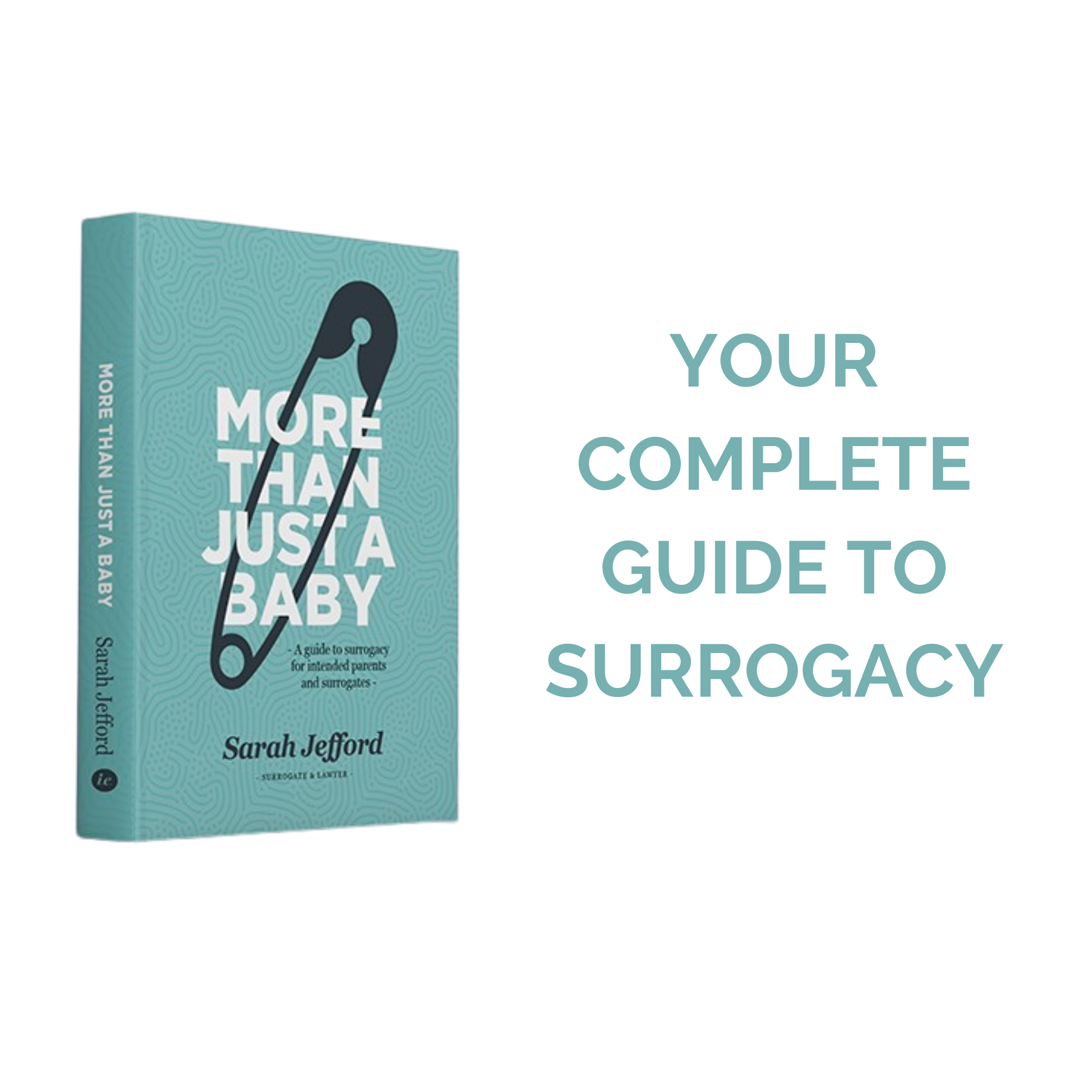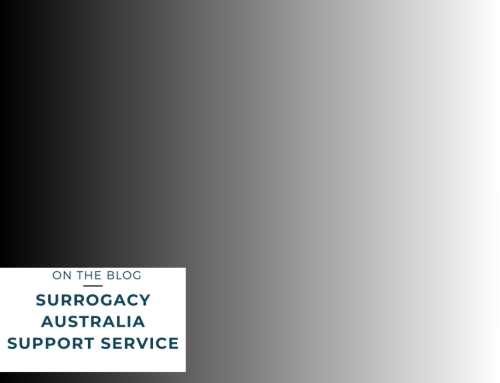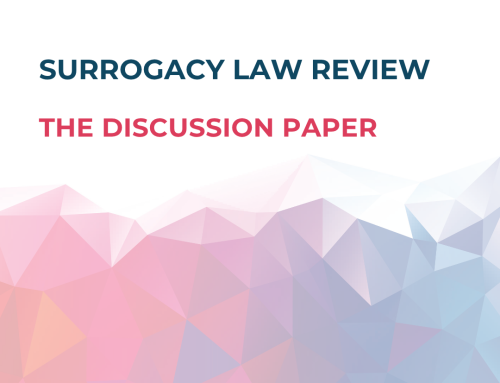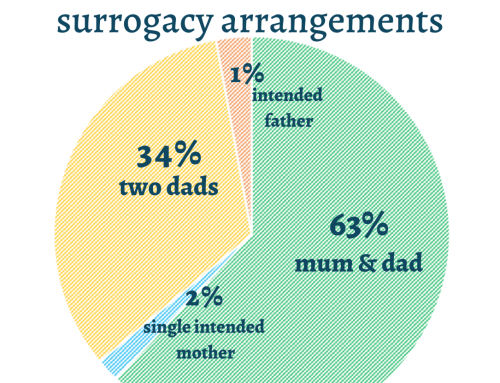Surrogacy isn’t always sunshine and roses. Sometimes, surrogacy goes wrong. Even when it is good, the relationships are complex and challenging and sometimes really hard. I am often asked for examples of surrogacy-gone-wrong. Intended parents and surrogates want to know how bad can it get, and how can we make sure we don’t suffer a bad experience?
If you are new to surrogacy, you can read about how to find a surrogate, or how to become a surrogate yourself. You can also download the free Surrogacy Handbook which explains the processes and options.
Have you thought about joining Surrogacy Australia’s Support Service? Read this first.
It is difficult to provide specific examples of when surrogacy goes wrong because the parties don’t always want to talk about it openly. And that’s fair enough – would you want to air your dirty laundry for everyone to see? Talking about their poor experience exposes the other parties to potential harm, and this isn’t good for the child either.
But there are some general examples where surrogacy goes wrong that we can talk about, and a couple of cases that have gone to Court that we can think about.
General examples of people have poor experiences include:
- Teams not having clear expectations of each other and the process. This might be misunderstanding how a surrogacy arrangement works, including that the surrogate retains her bodily autonomy and that the agreement is not enforceable.
. - Social media can be the catalyst for things not going well. Some parties want to be very public about their surrogacy, while others may be more private. Mismatched expectations about sharing updates, photos and experiences has led to many a team stumbling along the way, and it is important to reach agreements about social media in the very early stages of the surrogacy arrangement.
. - Promises and commitments not kept. It may be that the intended parents agree to arrive in the surrogate’s home town two weeks prior to the due date, and later change their plans to arrive one week prior. The surrogate will remember the original promise, and she will be disappointed with the changed plans. It is important to consider each others’ fears and expectations, to make sure everyone understands how each of you interprets the others’ behaviour.
. - Money issues probably create most issues in a surrogacy team. It might be that there are mismatched expectations for what the intended parents can and should cover, or the intended parents not making sure there’s enough money in the account when the surrogate uses it for surrogacy-related expenses.
. - A surrogate falling pregnant with her own baby when planning and committing to being a surrogate. It happens! Sometimes because contraception doesn’t work, sometimes due to carelessness. It is a taboo discussion point but surrogates and their partners need to take responsibility, as best they can, to avoid falling pregnant with their own baby.
. - Working through our own thoughts and feelings is really important in a surrogacy arrangement – before, during and after pregnancy. Intended parents need support to talk through what it’s like having someone else carry their baby, and letting go of anxieties and control. Surrogates and their partners need support to work through their own thoughts and feelings as they move through the surrogacy and pregnancy.
Parties to a surrogacy arrangement should be aware of their obligations for sharing their story with the media and when this might be restricted. Stories about surrogacy cannot be shared without the consent of all the parties.
There have been a few cases where surrogacy goes wrong, that have made it to the courts because the parties were in disagreement to the point of needing a Judge to make decisions for them. One such case is that of Lamb and Anor and Shaw, which involved a Queensland surrogacy team. In that case, the surrogate carried a baby for her distant cousin. There was significant acrimony between the parties during the pregnancy and around the birth. Much of the dispute was about the surrogate’s expenses being reimbursed by the intended parents. Unfortunately the situation became inflamed when the surrogate’s lawyer made thinly veiled threats that the surrogate may not hand over the baby, or may not consent to a Parentage Order being made. You can read the trial judgement here, and details of the lawyer’s conduct at paragraph 29 in particular. After the birth, the parties proceeded through the Family Court and final orders were made granting shared parental responsibility to the intended parents. The Lamb and Shaw case illustrates how important it is for the parties to access quality surrogacy counselling and legal advice and support from a lawyer that is not litigious or adversarial.
Unfortunately, I have come across situations where lawyers have not assisted the parties to maintain an amicable relationship. Some lawyers see surrogacy arrangements as an adversarial process, where each parties’ interests must be pitted against the others. This approach fails to recognise that the parties’ relationship with each other is more important than any legal requirements – and should outlast any legal process.
Another case involved parties that were in fact good friends and really liked each other – but they felt the wrath of the Family Court because of the manner in which they entered the surrogacy arrangement. They did not do any pre-surrogacy legal advice or counselling, and later found themselves at the behest of child protective services and the Family Court. While we were ultimately able to obtain final orders in favour of the intended parent, it was at significant expense and stress for all concerned. You can listen to Anne’s story on the Podcast to find out more about that story.
Another case I can mention is similar to Anne’s story, in that the parties entered a surrogacy arrangement without obtaining legal advice or counselling before the conception. Unfortunately the relationship between the parties broke down before the birth, and the birth mother did not relinquish the child to the intended parents. This has happened sometimes, particularly where the parties did not do pre-surrogacy legals and counselling, and therefore does not qualify as a legal surrogacy arrangement.
A recent case in Sydney, that referred to as Seto & Poon, involved the birth parents and the intended parents entering what amounted to a commercial surrogacy arrangement. A case involving money and promises, deception and threats, resulted in final parenting orders being made for the intended parents. All four parties, and the birth parents’ lawyer, were then referred to the police for possible breach of the Surrogacy Act (NSW). The lawyer was also referred to the NSW Legal Services Commissioner.
If you want to avoid the surrogacy-gone-bad scenario, my advice is to focus on the relationship and access good quality legal advice and counselling from professionals with reputations for supporting surrogacy teams. I work with surrogacy lawyers in each State and can make recommendations based on my own experiences. Seek word-of-mouth recommendations and spend time together working through the issues outside the legal advice and counselling. Your relationships are much more important than any legal agreement or counselling report. Listen to the Surrogacy Podcast to hear other stories from surrogates and intended parents and professionals.
You can find more information in the free Surrogacy Handbook, reading articles in the Blog. You can also book in for a consult with me below, and check out the legal services I provide.








